The Nuestra Señora de las Nieves Parish Church is a noteworthy temple that began to be built in the early 14th century. A façade-tower and a magnificent Gothic main altarpiece from around 1500 was added in the third quarter of the 16th century.
The Church also boasts silverware objects, including a Mannerist embossed silver cross from between 1580 and 1585 made by the Cordovan silversmith Francisco de Alfaro (1545-1615). According to Professor Antonio J. Santos Márquez, whom we thank his contribution to this article, Francisco de Alfaro was one of Spain’s most talented artisan in the second half of the 16th century. He was a diocesan silversmith first, and later a Cathedral silversmith. He shaped the history of silversmithing in Seville, establishing the aesthetic standards by which the silver furnishings of the churches in our Archdiocese were made.
Similar to the crosses made by Alfaro for the San Bartolomé Parish Church in Carmona and another one in the town of Teba (Malaga), the Alanís Cross stands on a square base that resembles a temple. This base is engraved with a classical portico with a triangular pediment on corbels with scenes from the Passion of the Lord: the Ecce Homo, the Flagellation, the crowning with thorns and Jesus carrying His cross on the way to Calvary with Mary and Saint John. Despite their small size, the crosses are extraordinarily beautiful. The carefully arranged engravings are taken from works by Tiziano, Pacheco and others. The cross itself follows the Renaissance style with a central square with four arms.
The back of the central square is engraved with a Virgin with Child and a St. Joseph behind a curtain. This image was copied from an engraving by Raimondi that reproduces a work by Raphael. The obverse side of the square shows a typical idealised depiction of Jerusalem.
The arms of the cross are based on the flat balustrade style typical of Spanish silverware in the third quarter of the 16th century. In this case, it has an image framed by scrolls and an oval button that unifies the composition and divides each arm into two.
The four Evangelists appear with their tools on the tips of the obverse side of the cross. On the reverse side appear the four Fathers of the Latin Church. Angels in classical postures appear on the inner tips of the arms carrying the symbols of the Passion. The reclining figures on the horizontal arm have been greatly influenced by Michelangelo, especially by characters depicted in the Medici funeral chapel and the Sistine Chapel.


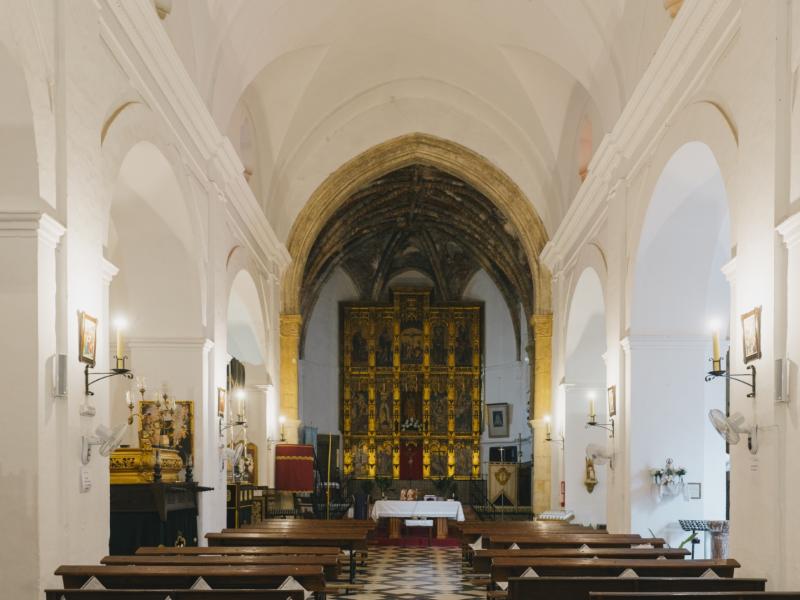
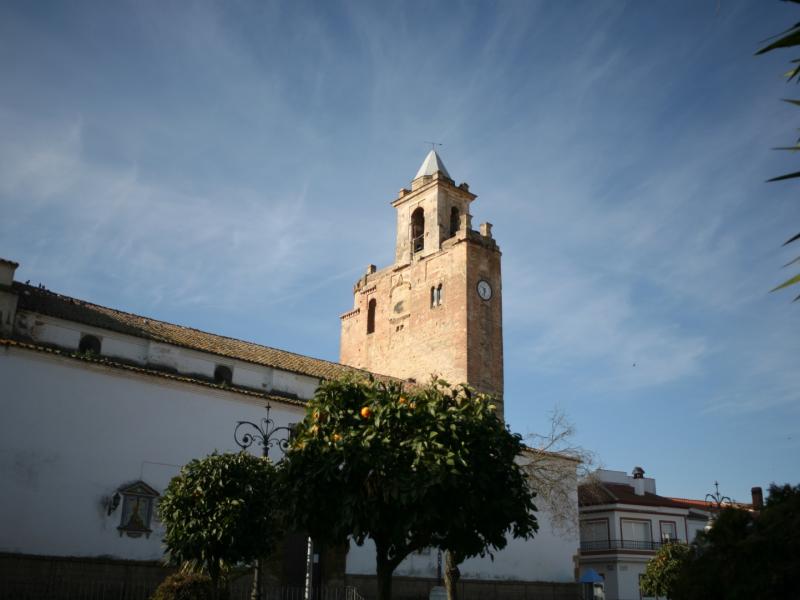
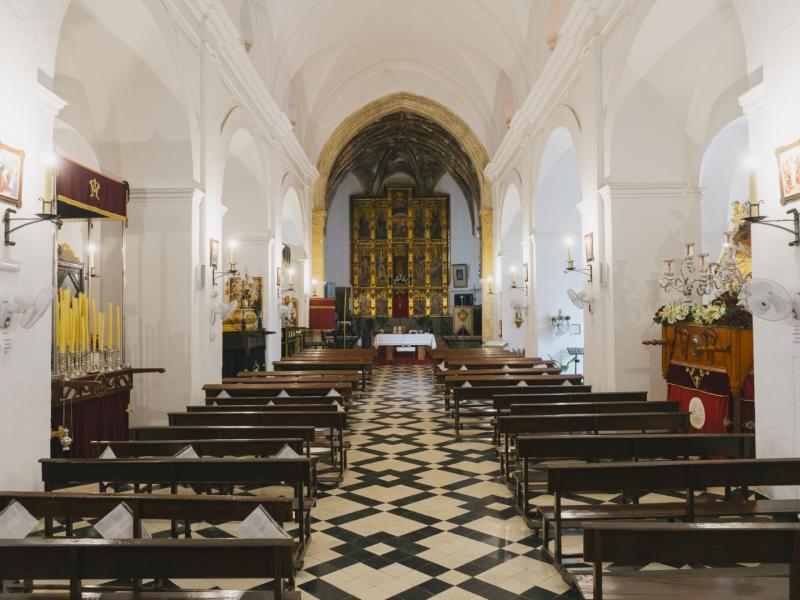
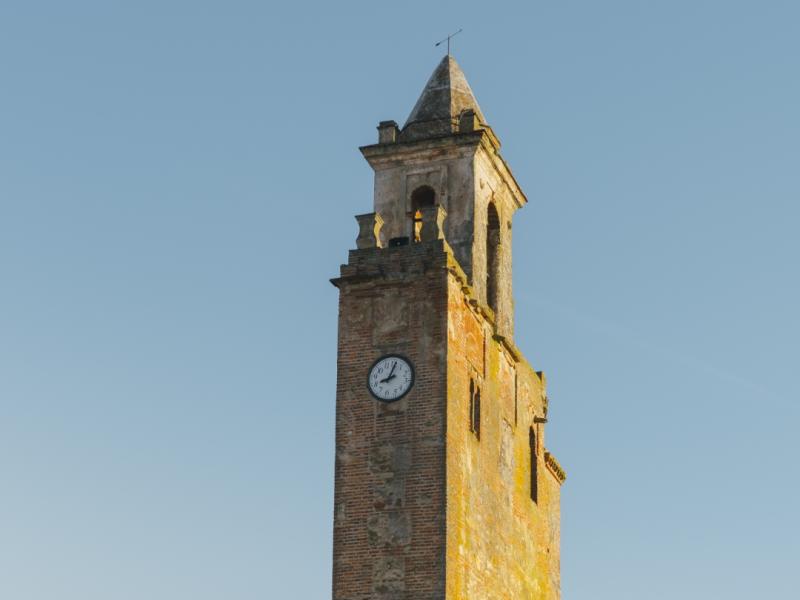
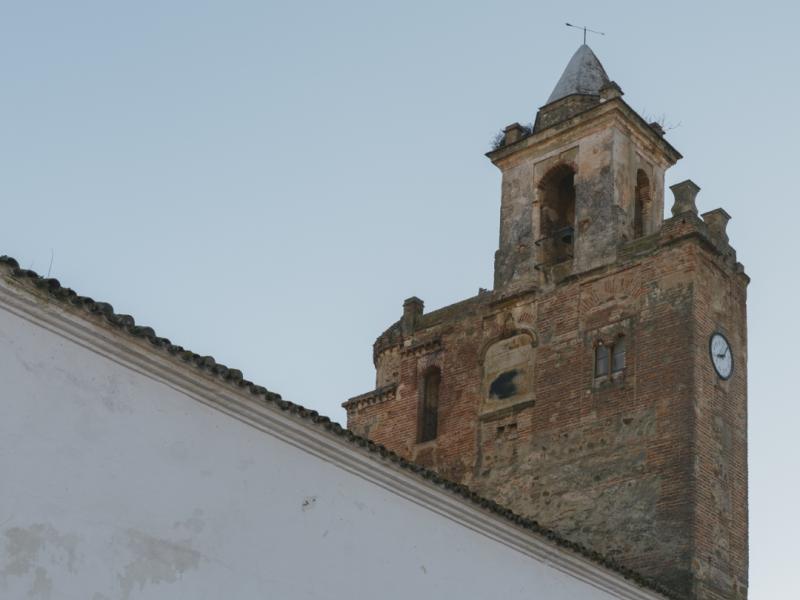
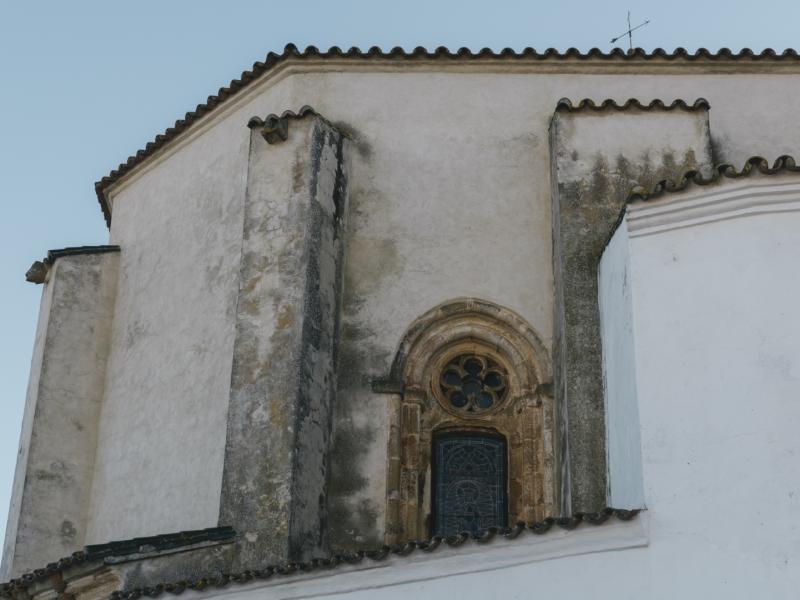
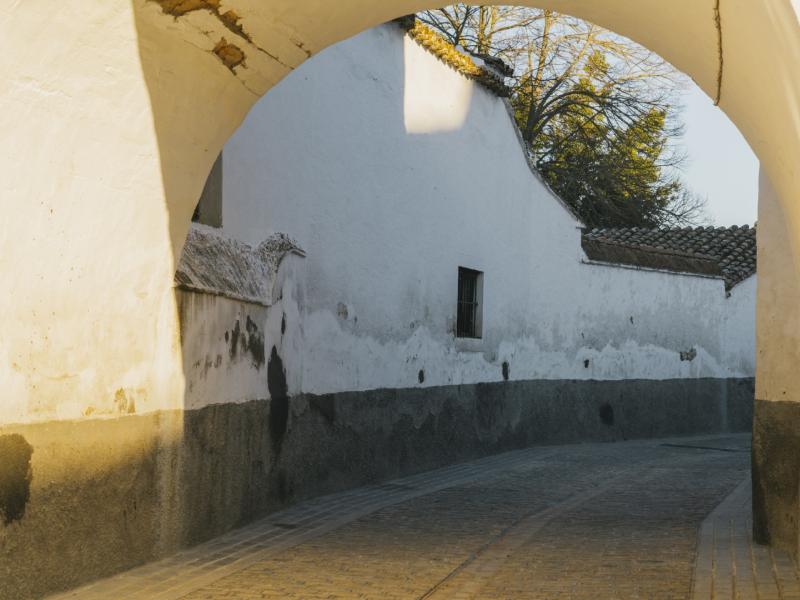
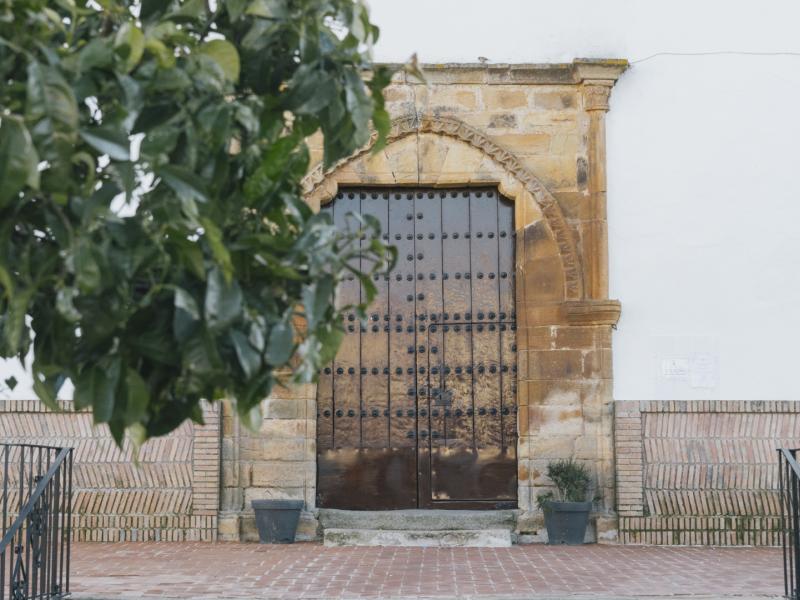
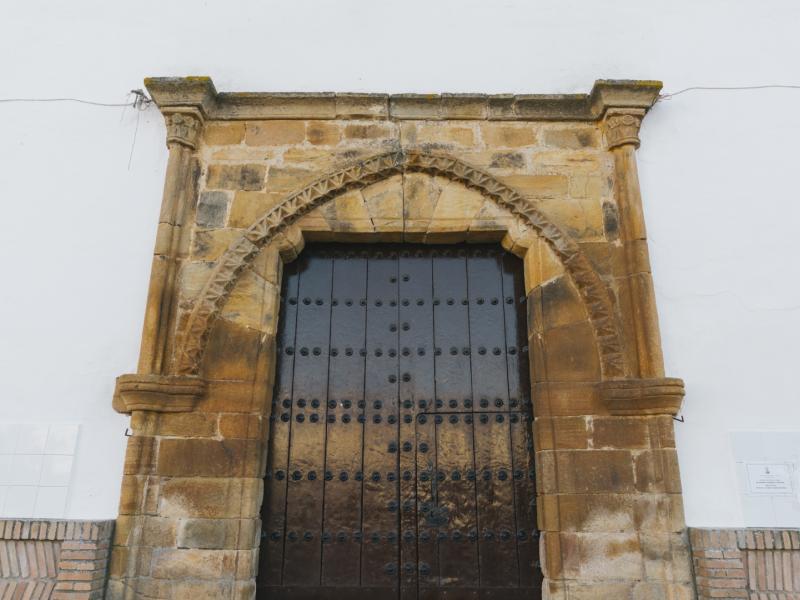
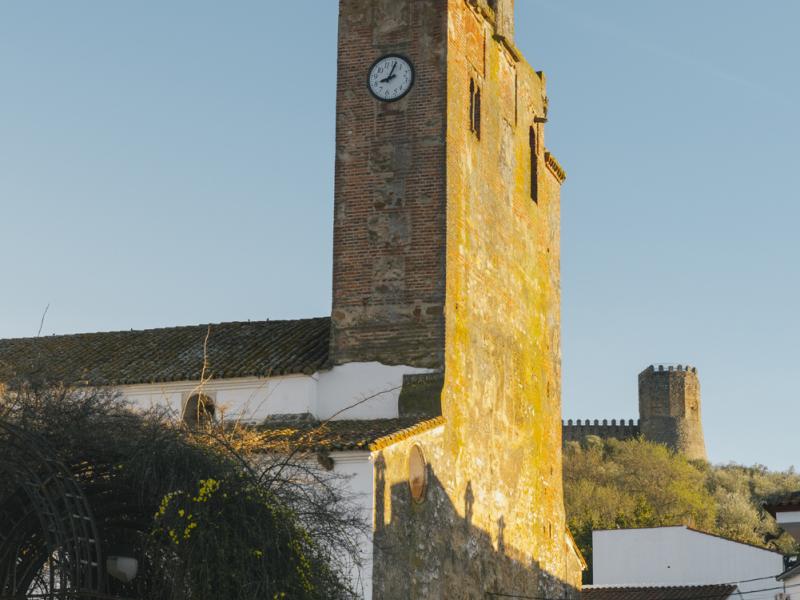
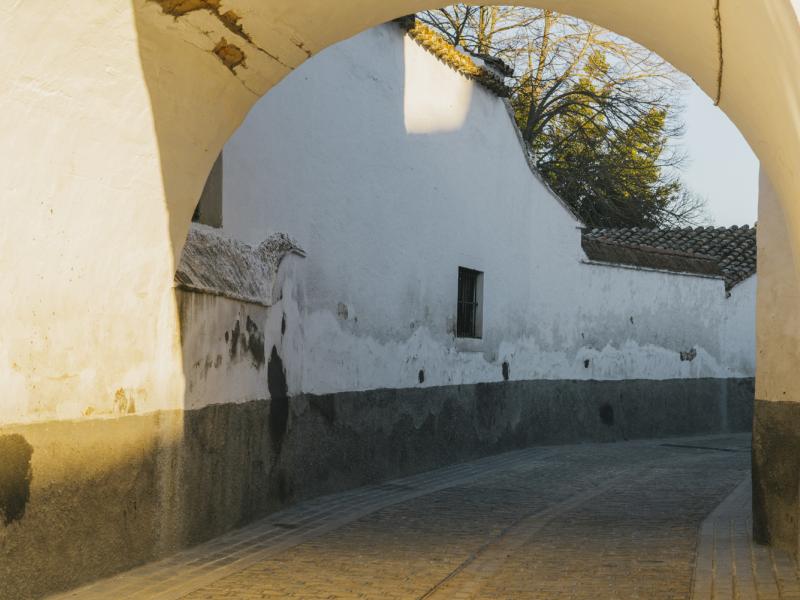
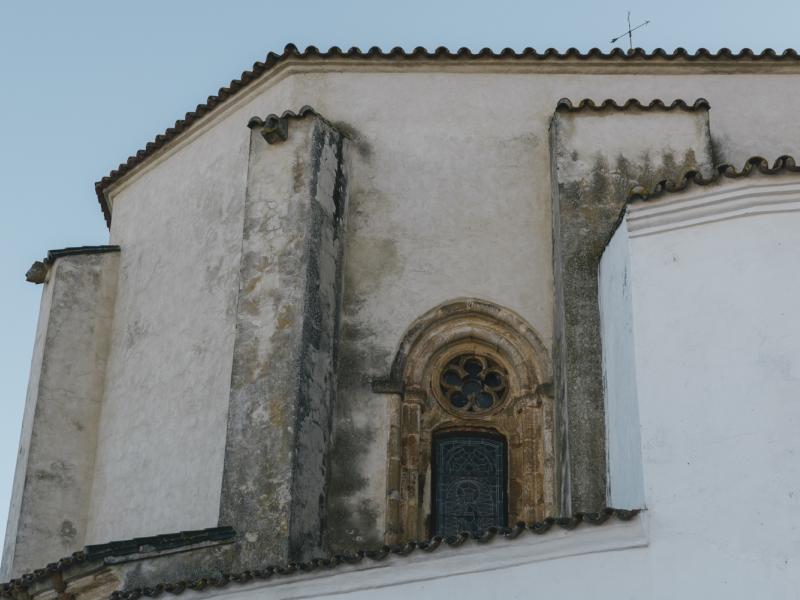
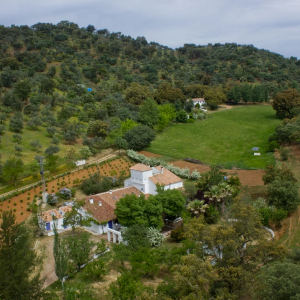
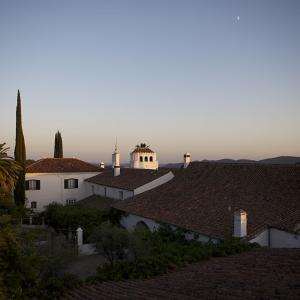
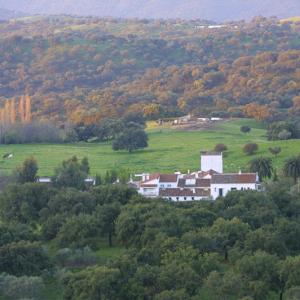
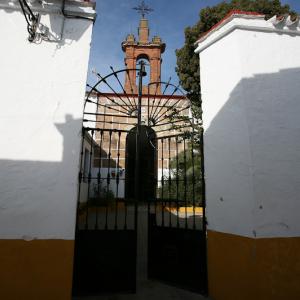
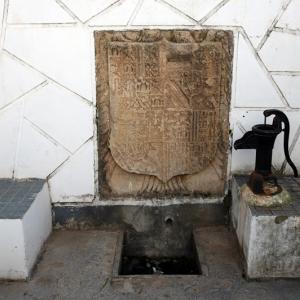
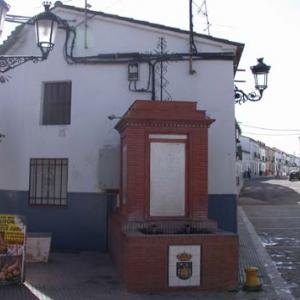
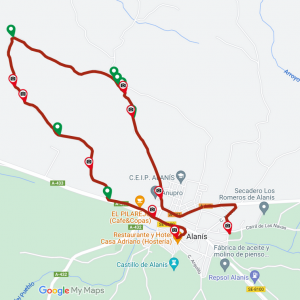
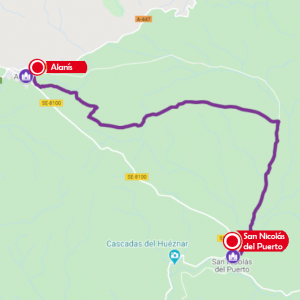
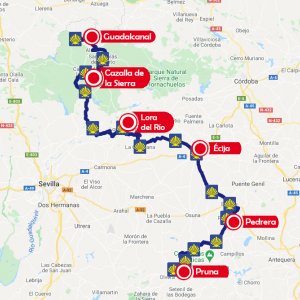
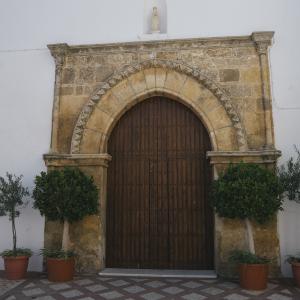
0 comments
New comment
The comments are moderated, so it takes a while to appear. If they contain offensive language they will not be published.